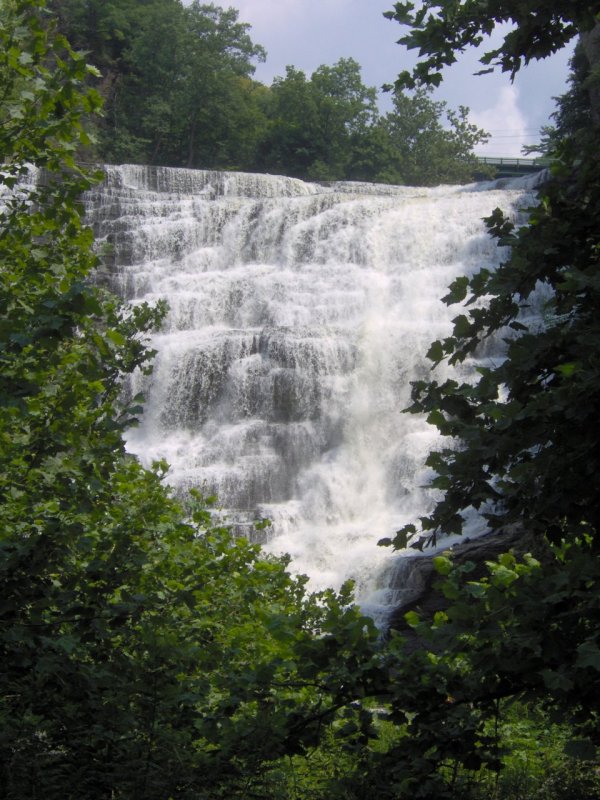Environmental Case Against Biodiesel
From George Monbiot in the Guardian
Over the past two years I have made an uncomfortable discovery. Like most environmentalists, I have been as blind to the constraints affecting our energy supply as my opponents have been to climate change. I now realise that I have entertained a belief in magic.
In 2003, the biologist Jeffrey Dukes calculated that the fossil fuels we burn in one year were made from organic matter "containing 44 x 1018 grams of carbon, which is more than 400 times the net primary productivity of the planet's current biota". In plain English, this means that every year we use four centuries' worth of plants and animals...
In promoting biodiesel - as the EU, the British and US governments and thousands of environmental campaigners do - you might imagine that you are creating a market for old chip fat, or rapeseed oil, or oil from algae grown in desert ponds. In reality you are creating a market for the most destructive crop on earth.
Last week, the chairman of Malaysia's federal land development authority announced that he was about to build a new biodiesel plant. His was the ninth such decision in four months. Four new refineries are being built in Peninsula Malaysia, one in Sarawak and two in Rotterdam. Two foreign consortiums - one German, one American - are setting up rival plants in Singapore. All of them will be making biodiesel from the same source: oil from palm trees.
"The demand for biodiesel," the Malaysian Star reports, "will come from the European Community ... This fresh demand ... would, at the very least, take up most of Malaysia's crude palm oil inventories." Why? Because it is cheaper than biodiesel made from any other crop.
In September, Friends of the Earth published a report about the impact of palm oil production. "Between 1985 and 2000," it found, "the development of oil-palm plantations was responsible for an estimated 87 per cent of deforestation in Malaysia". In Sumatra and Borneo, some 4 million hectares of forest have been converted to palm farms. Now a further 6 million hectares are scheduled for clearance in Malaysia, and 16.5 million in Indonesia.
Almost all the remaining forest is at risk.


0 Comments:
Post a Comment
<< Home